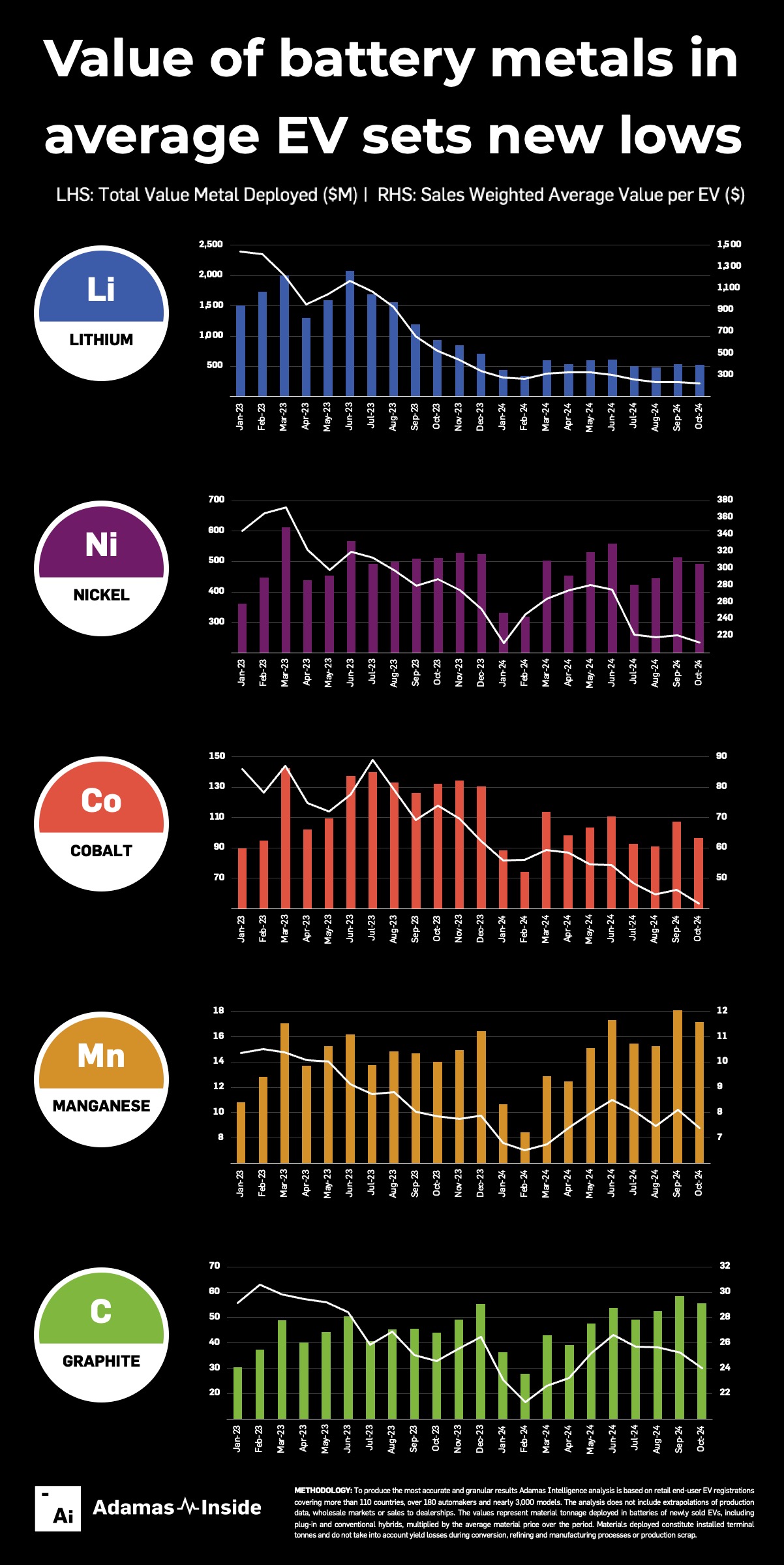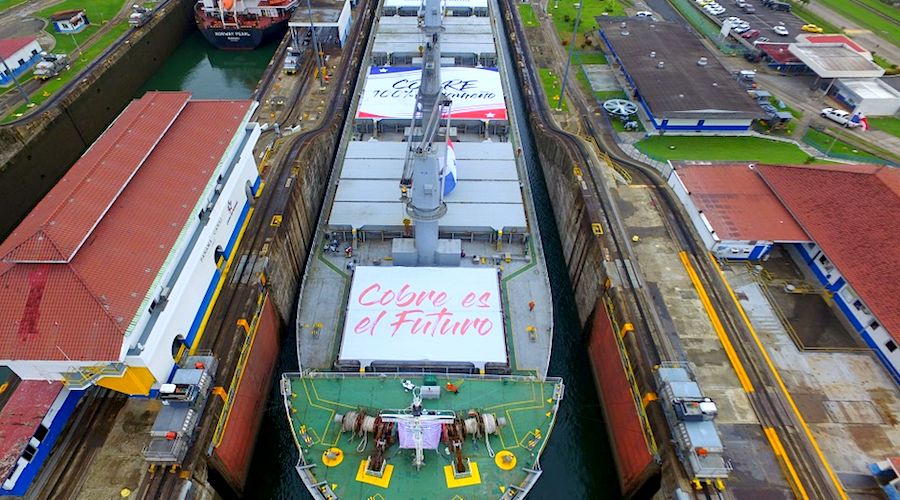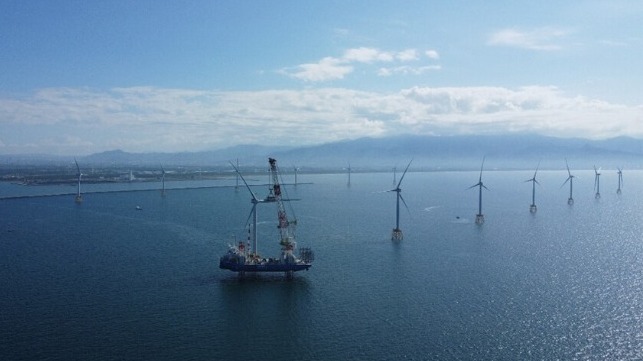Story by Steven Overly
• POLITICO
Canada has a warning for President-elect Donald Trump as he looks to launch a trade war with the U.S.’s northern neighbor: Hurting us will help China.
“If you say no to Canada, you're basically saying yes to China when it comes to strategic supply chains,” François-Philippe Champagne, Canada’s minister of innovation, science and industry, said on today’s POLITICO Tech podcast. “I don't think that's what the American people would want.”
Champagne argues that the two nation’s fortunes are inextricably intertwined — after all, they are each other's largest trading partner — and that the U.S. relies heavily on Canada for economic essentials like critical minerals and oil. Plus, the countries have common ambitions in areas like artificial intelligence and nuclear energy where Champagne says they can better compete against China together.
But Champagne’s case has done little to sway Trump so far. Trump has threatened to impose a 25 percent tariff on imports from Canada and Mexico unless they do more to secure the U.S. border from immigrants and drugs. And recently, he has lobbed online insults at Prime Minister Justin Trudeau and at Canada itself, disparagingly referring to it as the 51st state.
“You have to take these comments with a grain of salt, I would say,” Champagne said. “The good thing that I see with [the] president-elect is he talks a lot about Canada, which is a good thing. That means that we matter.”
Still, the tensions over Trump have caused waves in Ottawa. Earlier this week, Canada’s deputy prime minister and finance minister Chrystia Freeland resigned over a split with Trudeau on how to brace for the coming conflict.
POLITICO Tech host Steven Overly spoke with Champagne about the political fallout in Ottawa, whether he still supports Trudeau, and how Canada is bracing for Trump’s return. Listen to the full interview.















